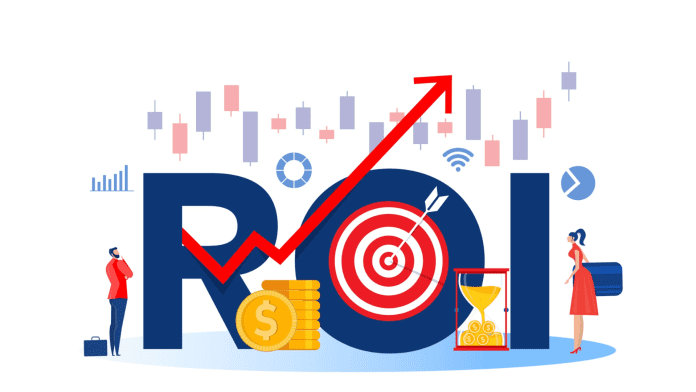Personalized marketing is not a fleeting trend; it’s a fundamental shift in how businesses engage with their customers. No longer can a one-size-fits-all approach to marketing be considered effective. Instead, companies are using data-driven insights to tailor their marketing efforts to individual preferences, behaviors, and needs.
Redefining ROI in Personalized Marketing
In the age of personalized marketing, ROI isn’t just about dollars and cents; it’s about creating meaningful connections and fostering brand loyalty. Here’s how we can redefine ROI in this context:
1. Engagement Metrics

Traditional ROI often focused on revenue generated directly from a campaign. In personalized marketing, we broaden our scope to include engagement metrics such as click-through rates, open rates, time spent on a website, and social media interactions. These metrics help gauge how effectively a campaign captures and maintains the audience’s attention.
2. Customer Lifetime Value (CLV)

The value of a customer extends far beyond their initial purchase. In personalized marketing, it’s crucial to calculate CLV, which considers the total revenue a customer is likely to generate over their lifetime as a result of their relationship with your brand. It factors in repeat purchases, upsells, and referrals.
3. Conversion Rates

While conversion rates have always been a part of ROI calculations, personalized marketing elevates their importance. With tailored content and messaging, conversion rates often see significant improvements. Tracking these rates allows you to measure the success of your personalization efforts.
4. Customer Satisfaction and Loyalty

In personalized marketing, customer satisfaction and loyalty play a pivotal role. High levels of personalization can lead to improved customer satisfaction, which in turn fosters loyalty. Measuring customer satisfaction through surveys and feedback can provide valuable insights into the success of your personalized campaigns.
5. Social Proof and Advocacy

The age of social media has amplified the impact of word-of-mouth marketing. Personalized marketing can encourage customers to become brand advocates. Measuring social proof, such as user-generated content, reviews, and shares, can gauge the success of your personalization strategies.
6. Personalization Effectiveness

Directly assessing the effectiveness of personalization is essential. Analyze data on user interactions and behavior to understand how well your personalized content and recommendations resonate with your audience. Are users engaging with personalized elements, and are these interactions leading to desired actions?
7. Customer Retention

Personalized marketing strategies often contribute to improved customer retention rates. Measuring the percentage of customers who continue to engage with your brand over time can be a strong indicator of the success of your personalization efforts.
8. Cost Savings

Personalized marketing can lead to cost savings through more efficient advertising spend and reduced customer acquisition costs. Measuring these savings as part of your ROI equation provides a more comprehensive view of the benefits of personalization.
Final Thoughts:
In the age of personalized marketing, success goes beyond immediate revenue generation. It encompasses creating meaningful connections, fostering brand loyalty, and maximizing the value of each customer. As businesses continue to invest in personalization, it’s vital to redefine ROI to reflect this holistic view of success. By focusing on engagement metrics, CLV, conversion rates, customer satisfaction, social proof, personalization effectiveness, customer retention, and cost savings, companies can accurately measure the impact of their personalized marketing efforts. In this new era, ROI becomes a multifaceted metric that reflects the true value of personalized connections and long-term customer relationships.





